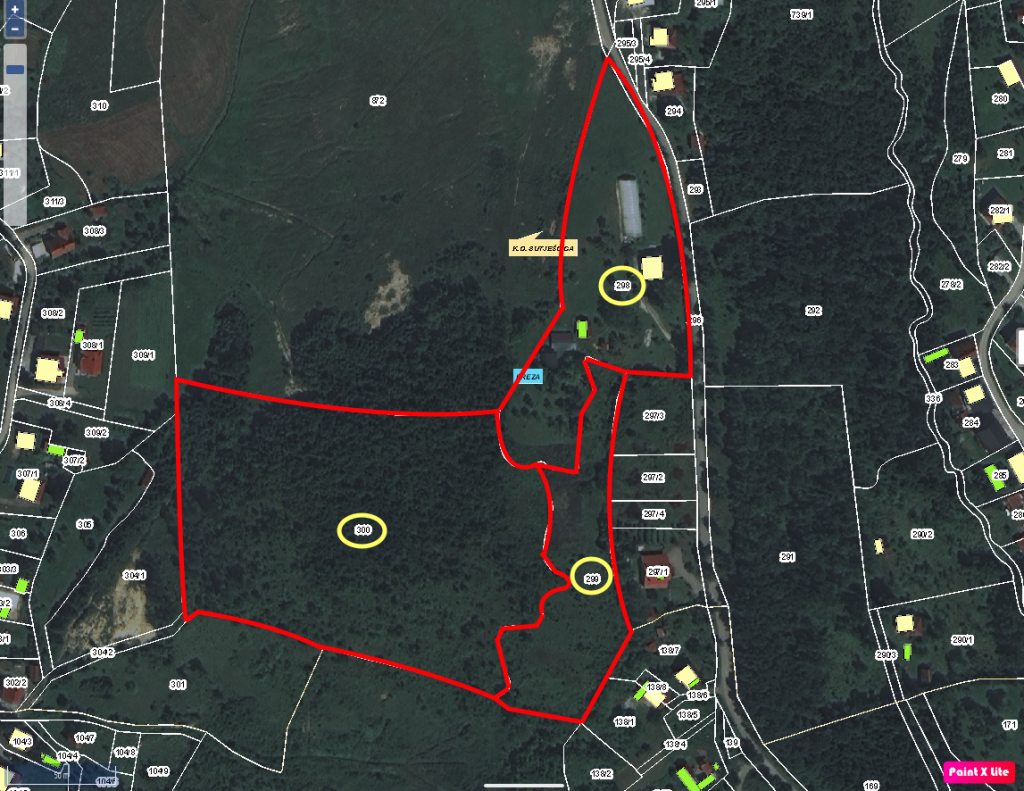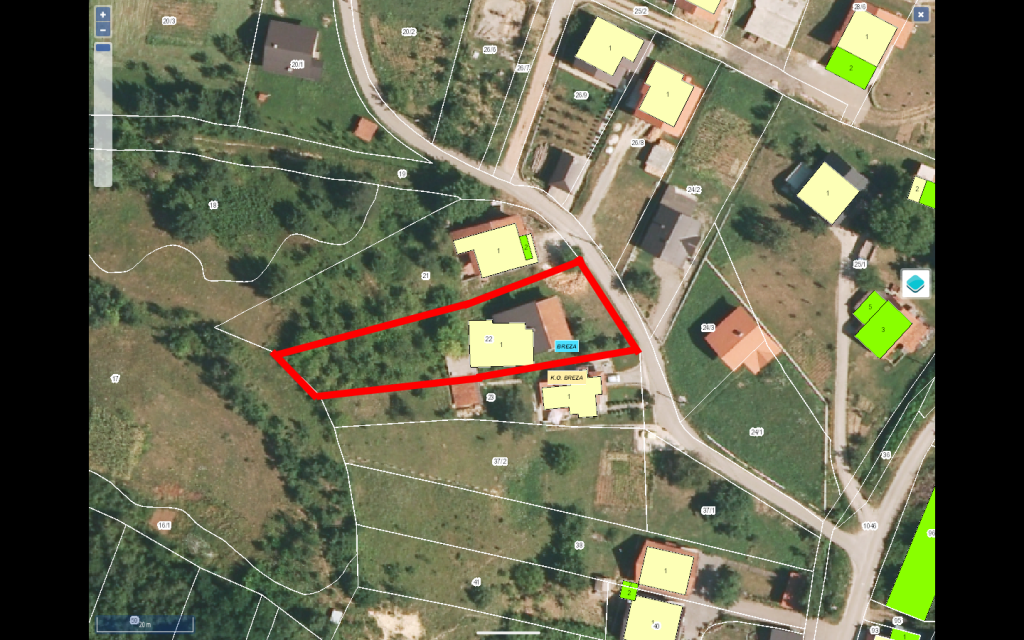Содержание
Synopsys helps you protect your bottom line by building trust in your software—at the speed your business demands. I think these definitions capture the differences between Scalability vs Elasticity better and I will try to summarize with some additional views of my own. A VPN is used to create a “secure” connection over a public network.
- The goal of cloud elasticity is to avoid either over-provisioning or under-provisioning a particular service or application.
- Thanks to the pay-per-use pricing model of modern cloud platforms, cloud elasticity is a cost-effective solution for businesses with a dynamic workload like streaming services or e-commerce marketplaces.
- Synopsys products, such as IC Validator™ physical verification, have elasticity natively built in that lend themselves to running in the cloud environment.
- Unlike physical machines whose resources and performance are relatively set, virtual machines virtual machines are highly flexible and can be easily scaled up or down.
- Elasticity can handle the up-and-down nature of website hits, sales demand, and similar business needs in a rapid and often automated manner.
International accounting firm increases productivity by 30% during COVID with fully integrated Work Anywhere™ solutions. Software as a service remains the largest segment of the cloud market, with revenue expected to grow 17.8 percent to reach $85.1 billion in 2019. We work with world-class payment providers to boost innovation in finance. It means resizing an existing resource with no change to your code. You’re simply running the same code on a higher- or lower-spec machine. It’s the ability of a system to accommodate larger or smaller loads.
Preventing The Skills Gap From Derailing Your Cloud Strategy
A large group of networked computer servers for the remote storage, processing and access to large amounts of data. Memory leaks could be an expense killer since cloud providers charge mostly for memory allocation rather than cores. If you have a look to Figure 2 EC2 comparison table, doubling the memory allocation basically doubles the on-demand cost, having almost a lineal relationship between memory and cost. Having more memory allocated is more expensive than getting more cores.
Policyholders wouldn’t notice any changes in performance whether you served more customers this year than the previous year. You could then release some of those virtual machines when you no longer need them, such as during off-peak months, to reduce cloud spend. If you relied on scalability alone, the traffic spike could quickly overwhelm your provisioned virtual machine, causing service outages. An elastic cloud service will let you take more of those resources when you need them and allow you to release them when you no longer need the extra capacity. All application interactions take place with the in-memory data grid. Calls to the grid are asynchronous, and event processors can scale independently.
Most monolithic applications use a monolithic database — one of the most expensive cloud resources. Cloud costs grow exponentially with scale, and this arrangement is expensive, especially regarding maintenance time for development and operations engineers. When it comes to scalability, businesses must watch out for over-provisioning or under-provisioning. This happens when tech teams don’t provide quantitative metrics around the resource requirements for applications or the back-end idea of scaling is not aligned with business goals. To determine a right-sized solution, ongoing performance testing is essential.
On the other hand, modifying the number of available computing nodes consists of horizontal scaling. In this way, we’ll explore characteristics and processes related to systems scalability in the following subsections. To help you think about the differences between these two, let’s try two images. First, visualize an elastic band stretching out or back into its original size. Now, imagine someone scaling up the side of a cliff — going up or down the cliff as their path dictates, without the cliff ever changing shape. It refers to the system environment's ability to use as many resources as required.
What Is Azure Dynamic Elasticity?
When your business scales horizontally, you add or remove instances of a resource or infrastructure. It involves breaking a sequential piece of logic into smaller pieces. That’s then executed in parallel across multiple resources or infrastructures. Cisco estimates cloud data centers will process 94% of workloads in 2021. Considering these positive characteristics, it’s no wonder cloud computing is here to stay.
Experience unlimited EDA licenses with true pay-per-use on an hourly or per-minute basis. Synopsys is a leading provider of high-quality, silicon-proven semiconductor IP solutions for SoC designs. If you’re ready to dive into a world of limitless and ever-changing technology, VPLS is the place to be. The State of Cloud LearningLearn how organizations like yours are learning cloud. Remember how the restaurant in our analogy leased additional space? The new space allowed it to accommodate 33 more people and install a temporary kitchen.
There are several storage systems that can address a lot of capacity as long as acceptable performance isn't a requirement. There are others that can address, support and manage even more capacity while maintaining acceptable performance regardless of the scale. Performance scalability is the storage system's ability to scale performance with or without capacity in the form of IOPS and/or throughput. Scalability is the ability to provide scale and can be on demand or manual. For example, by embracing Azure, you have significant scale available. Elasticity is reliant on scalability as in the workload can demand those additional resources or manually be added.
To effectively manage the many elements of scalability across one cloud or multiple clouds, CloudHealth can be invaluable. The process effectively results in the hands-free management of your scalable resources. Typically auto-scaling is a free service offered by Cloud Service Providers, but you will have to pay for the monitoring services (i.e. AWS CloudWatch). —or being able to add and remove resources as you need them—has been one of the major factors driving businesses to the cloud.
Scalability and elasticity represent a system that can grow in both capacity and resources, making them somewhat similar. The real difference lies in the requirements and conditions under which they function. Cloud scalability only adapts to the workload increase through the incremental provision of resources without impacting the system’s overall performance. This is built in as part of the infrastructure design instead of makeshift resource allocation .
What Is Cloud Elasticity In Cloud Computing?
There are cases where the IT manager knows he/she will no longer need resources and will scale down the infrastructure statically to support a new smaller environment. Either increasing or decreasing services and resources this is a planned event and static for the worse case workload scenario. Elasticity, after all, refers to the ability to grow or shrink infrastructure resources dynamically. As workload changes, cloud elasticity sees the resources allocated at any given point in time changing to meet that demand. This upsizing or downsizing can be more targeted and is often seen in environments where there are a predictable workload and stable capacity planning and performance.
But, executing the same processes does not mean having the same purposes. Scalability focuses on the general behavior and average workload of a system, trying to predict demands in the medium-term future. Furthermore, scalable systems must tackle the increasing workload without interrupting scalability vs elasticity the provided service. In this tutorial, we’ll study the concepts of scalability and elasticity. Finally, we’ll compare both processes in a systematic summary. These processes typically involved stopping services to modify software configurations and replace the hardware of local servers.
As an alternative to on-premises infrastructure, elastic computing offers greater efficiency. It is also typically automated and keeps services running reliably by avoiding slowdowns and interruptions. Speak to us to find how you can achieve cloud elasticity with a serverless messaging queue and background task solution with free handheld support. The user tier is the computers and devices with browsers that enable users to request and process web pages. • The server tier is the computers running web servers and application programs. • The database tier is the computers running the DBMS to process data requests.
The Importance of High Availability By using best practices designed to ensure high availability, you help your organization achieve maximum productivity and reliability. With a high availability strategy in place, you reduce the negative impacts of downtime and implement automatic recovery from system failures. Availability of Substitutes This means that coffee is an elastic good because a small increase in price will cause a large decrease in demand as consumers start buying more tea instead of coffee.
Data can be aggregated in order to give businesses greater visibility over their assets and enable them to make better-informed decisions. When you scale vertically, you enlarge or diminish a resource to change the capacity of your existing infrastructure. Without virtualization, scaling would be expensive, via physical machines.
Types Of Scaling
The more effectively you run your awareness campaign, the more the potential buyers’ interest you can expect to peak. Under-provisioning refers to allocating fewer resources than you use. Elasticity then swoops in to ensure the scaling happens appropriately and rapidly. Still, there is only so much space to add chairs and tables in a confined room, just as there is a limit to the amount of hardware you can add to a server.
The system starts on a particular scale, and its resources and needs require room for gradual improvement as it is being used. The database expands, and the operating inventory becomes much more intricate. Thanks to the pay-per-use pricing model of modern cloud platforms, cloud elasticity is a cost-effective solution for businesses with a dynamic workload like streaming services or e-commerce marketplaces. To achieve these economies of scale, the cloud infrastructure must be able to scale quickly.
Сloud elasticity is a system's ability to manage available resources according to the current workload requirements dynamically. Usually, this means that hardware costs increase linearly with demand. On the flip side, you can also add multiple servers to a single server and scale out to enhance server performance and meet the growing demand. It allows you to scale up or scale out to meet the increasing workloads.
What Is Difference Between Scalability And Elasticity?
As you can see, elasticity and scalability are two very different things. But, when combined in a data center environment like Evocative’s which is focused on efficiency and resource optimization, they deliver one powerful solution. While scalability helps handle long-term growth, elasticity ensures flawless service availability at present. It also helps prevent system overloading or runaway cloud costs due to over-provisioning. This type of scalability is best-suited when you experience increased workloads and add resources to the existing infrastructure to improve server performance. If you’re looking for a short-term solution to your immediate needs, vertical scaling may be your calling.
With scalability, the business has an infrastructure with a certain amount of room to expand built-in from the outset. This lets the organization increase or decreases its workload https://globalcloudteam.com/ size using the existing cloud infrastructure , without negatively impacting performance. We all make hundreds of decisions every day — personally and professionally.
Whatever the answers, cloud computing scalability is important for your company. For more useful information on cloud computing scalability, head to our cloud technology section. You’re adding or removing resources, meaning there should be minimal downtime. For example, let’s say you own an online store, and the summer sales are coming.
Elasticity
Simply notify the orchestrator in the cloud environment that you require more or less capacity, and they will change it for you in minutes. Speak to us to learn how IronWorker and IronMQ are essential products for enabling elasticity in cloud computing. E-commerce websitesmay have events such as sales, promotions, and the release of special items that attract a much larger number of customers than usual. Cloud elasticity helps these websites allocate resources appropriately during times of high demand so that customers can still check out their purchases. SnelStart used elastic pools with Azure SQL Database to rapidly expand its business services at a rate of 1,000 new Azure SQL databases per month.
Finally, if a storage system is elastic, then the feature is built into the software. If the elasticity is in the hypervisor — VMware VSAN — it's also built-in, but with more limitations. Scalability has long been an important storage characteristic, but elasticity is becoming more significant.
As we mentioned, elastic computing is the capability of a data center’s IT infrastructure to increase or decrease processing power, storage, bandwidth or other services as needed. But elasticity also helps smooth out service delivery when combined with cloud scalability. For example, by spinning up additional VMs in a single server, you create more capacity in that server to handle dynamic workload surges. This then refers to adding/removing resources to/from an existing infrastructure to boost/reduce its performance under a changing workload. Scaling out or in refers to expanding/shrinking an existing infrastructure’s resources by adding new/removing existing components. When a cloud provider matches resource allocation to dynamic workloads, such that you can take up more resources or release what you no longer need, the service is referred to as an elastic environment.








